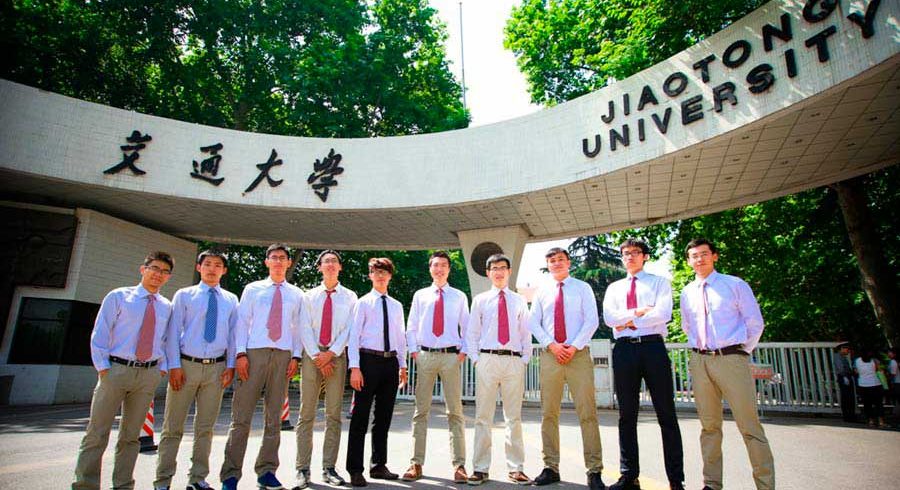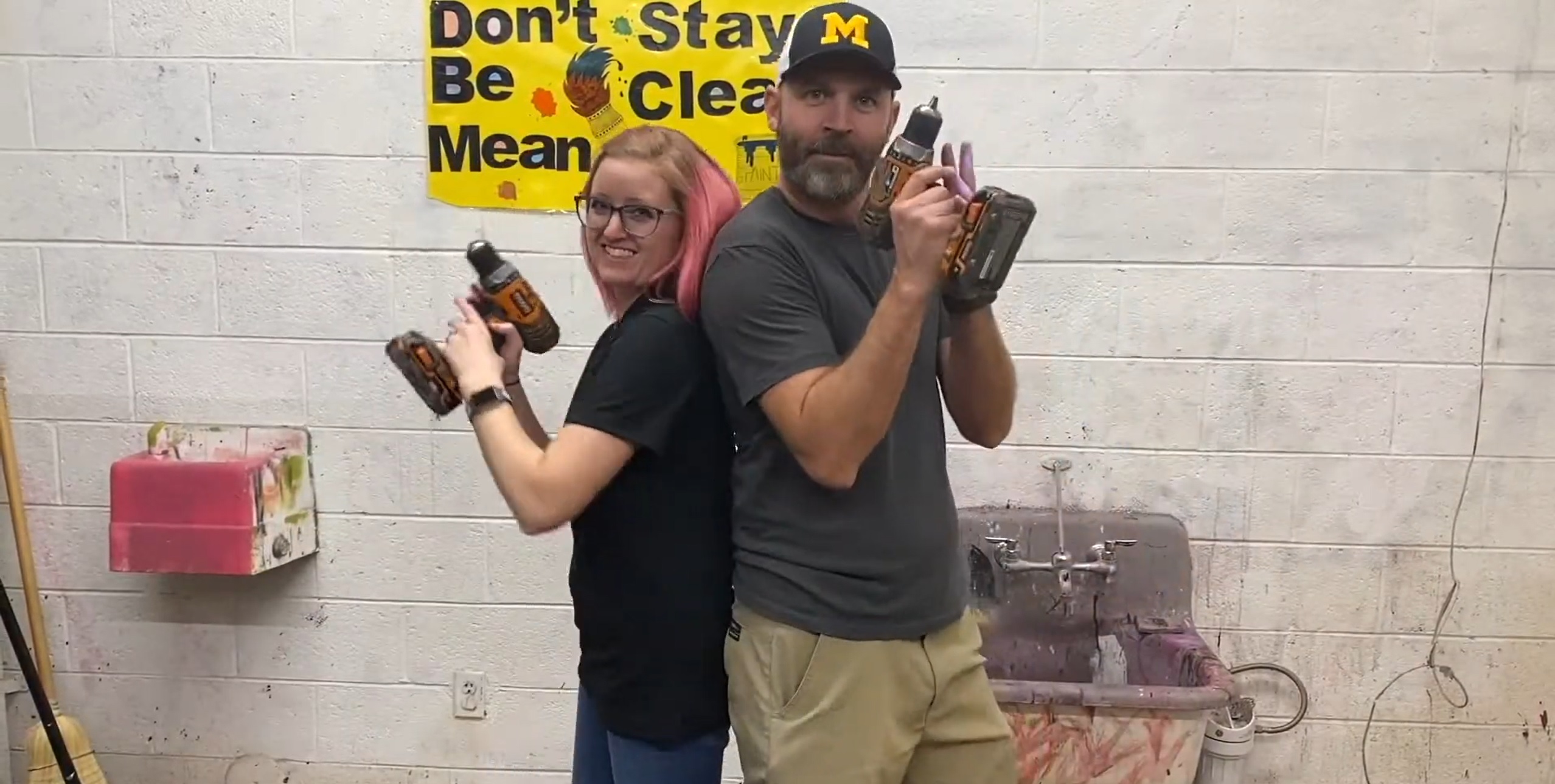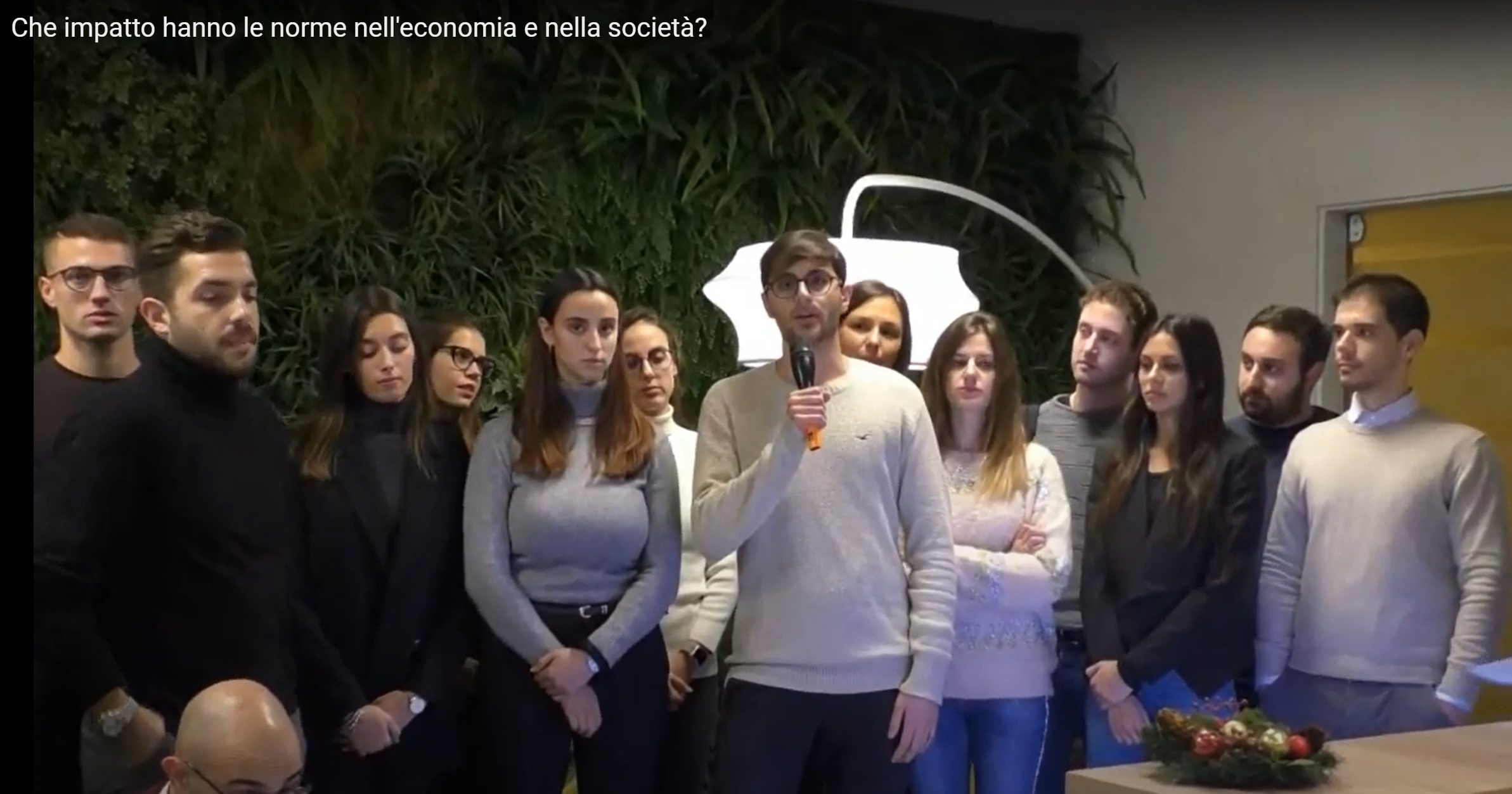Kitchen layouts and consumers’ food hygiene practices: Ergonomics versus safety
Dunarea de Jos, et. al
University of Galati, Faculty of Food Science and Engineering, Domnească Street 111, 800201, Galati, Romania
Abstract: Our paper emphasizes the importance of the kitchen layout in facilitating consumers’ food hygiene practices. A significant correlation was found between the sink placement (inside or outside the kitchen) and hygienic practices during food handling based on a survey performed on consumers from ten European countries, indicating that those who had the sink in the kitchen were more likely to perform proper hygiene practices than those who have not. The self-reported practices were supported by observed practices in 64 households from five European countries. The observational study combined with the examination of kitchen layouts revealed that the kitchen work triangle with its apexes represented by the kitchen sink, cooking stove and refrigerator, which is recommended for ergonomic reasons by architects and designers, did not necessarily support food hygiene practices in kitchens. Cross-contamination events were associated with the sink – countertop distances longer than 1 m. Based on this, a new kitchen triangle with its apexes represented by the kitchen sink, working place (usually countertop) and cooking stove, with the distance between the sink and the working place less than 1 m is proposed to be used as norm in kitchen designs for combining ergonomics with safety. This triangle is proposedly named the food safety triangle and is aimed to mitigate the risks of foodborne illnesses by creating an arrangement that facilitates hygiene practices. This study is the first to highlight the importance of implementing the concept of food safety in the kitchen design based on significant correlations between kitchen equipment placement and consumers’ food safety practices.





















